At the "2006 China Food and Nutrition High-level Forum" held in Beijing last week, the professionals from the State Food and Nutrition Consultant Committee of China released the names of the world’s five "longevity villages" where there are over 75 centenarians among every one million people. This is a standard set by the United Nations.
The five villages are: Hunza of Pakistan, Vilcabamba of Ecuador, Georgia of Transcaucasia, Bama of Guangxi Zhuang Autonomous Region and Hetian of Xinjiang Uygur Autonomous Region both of China. The five have been officially recognized by the International Natural Medicine Society.
Hunza Valley is located in northeast Pakistan about thirty kilometers away from the border of Xinjiang. It's reputed to be the inspiration of the original Shangri-La. With vegetables forming the main part of their diet the local people of Hunza don’t succumb to illness very often. It's been documented that the rates of cancer, heart disease and other degenerative illnesses are remarkably low in Hunza Valley. Many residents are still 'in the pink' when they celebrate their 100th birthdays. Many still work in the fields even in their 80s and 90s.
Known worldwide as the "valley of longevity" in the western hemisphere Vilcabamba is located in the southern mountainous area of Ecuador. The local people there often live to 100 or even longer. They mainly eat vegetarian dishes and seldom meat or high-calorie food.
The total population of Georgia in Transcaucasia is only about 9.5 million and it can proudly boast the highest number of elderly people anywhere in the world. In fact in the local Caucasian dialects there's no word for "elderly" or "aged" but just the unusual expression "long-centuried." Many people in the Georgia area live to 130 or even 140 years of age. The staple food of the local people is corn bread and porridge. They don’t eat sausage, bacon or ham and their drinking water contains some alkaline elements.
Bama, a Yao ethnic autonomous county, is located on the slopes of the Guangxi Basin and Yunnan-Guizhou Plateau in southwest China. As the home of many centenarians Bama is the only one among the five "longevity villages" that the number of elderly people continues to rise.
With a population of 238,000 the county has 74 residents who are over 100 years old and 531 in their 90s. This is one of the highest per-capita concentrations of ‘old-timers’ in the world. In Bama the daily diet for locals is mainly low-calorie, low-fat, low-salt, high-vitamin and high-fibrin. The residents often have one meal of rice and two meals of porridge everyday which is almost a completely natural diet.
Over the years the Hetian area in Xingjiang Uygur Region has become world famous for its older inhabitants and their special genes especially the Layisu Village. There are 2,400 residents in the village of whom 16 have reached the age of 90. Corn, steamed buns and vegetables form the main part of their diets. It accounts for 77.3 percent of their daily food intake.
According to experts, longevity is closely related to the diet. Five points should be considered: Firstly, to eat vegetables as the main diet; secondly, to balance the proportion of vegetarian food and meat; thirdly, to keep the content of calorie and protein in food at a reasonable level; fourthly, to ensure the intake of fat and salt are low with the fat structure well-balanced; and fifth, to ensure the intake of enough minerals and to balance the proportion of acid and alkaline food.
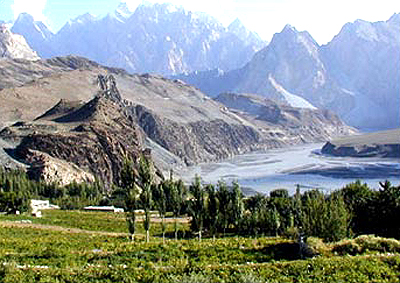 |
Hunza of Pakistan
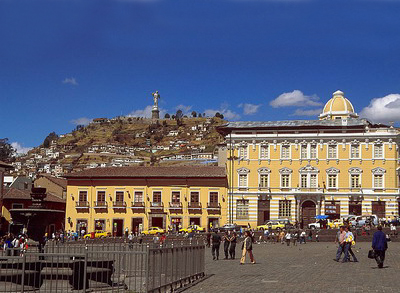 |
Vilcabamba of Ecuador
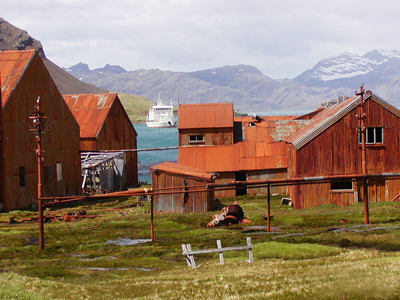 |
Georgia of Transcaucasia
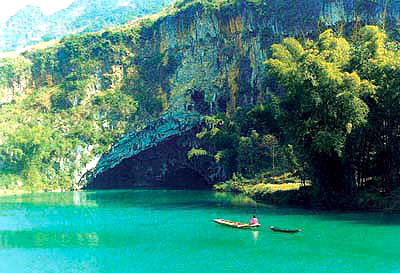 |
Bama of Guangxi
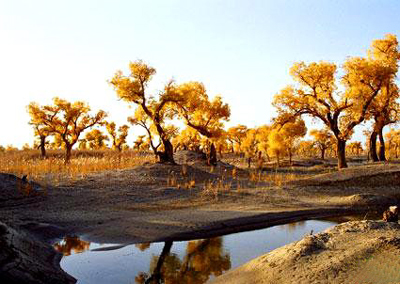 |
Hetian of Xinjiang
No comments:
Post a Comment